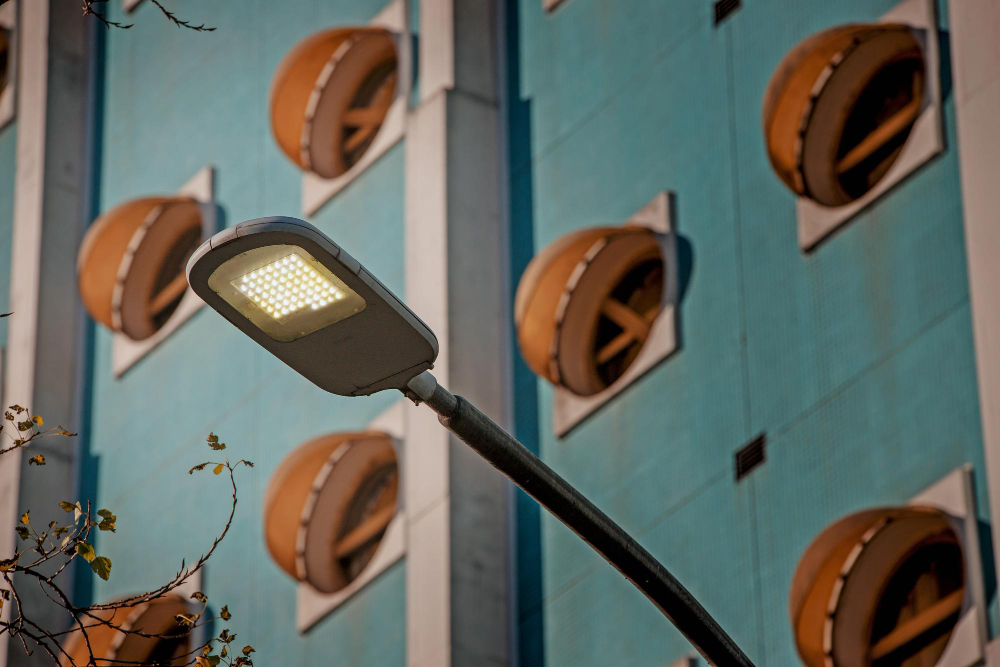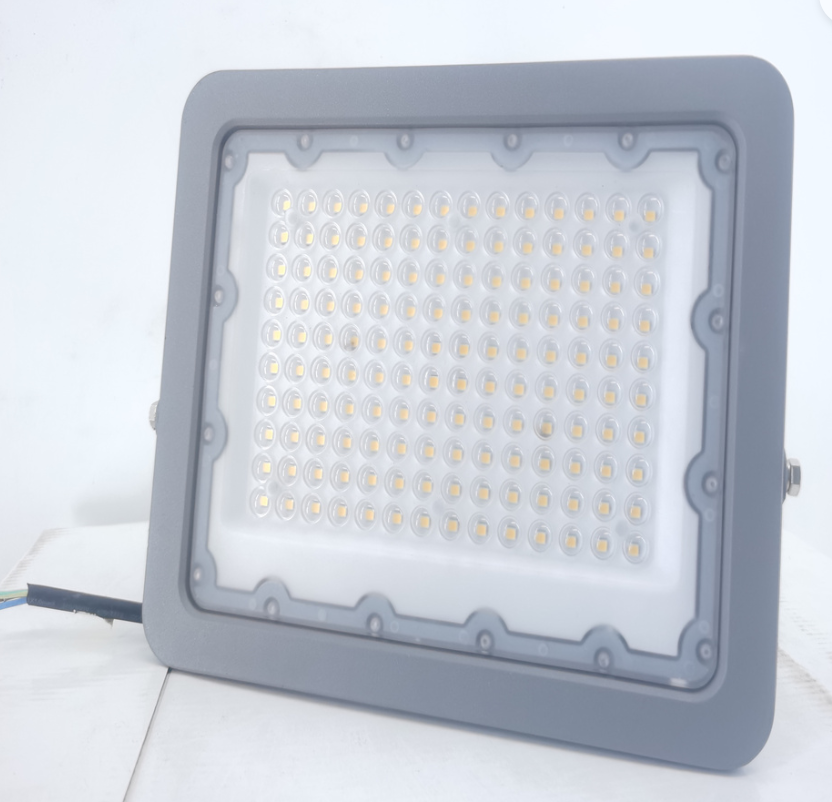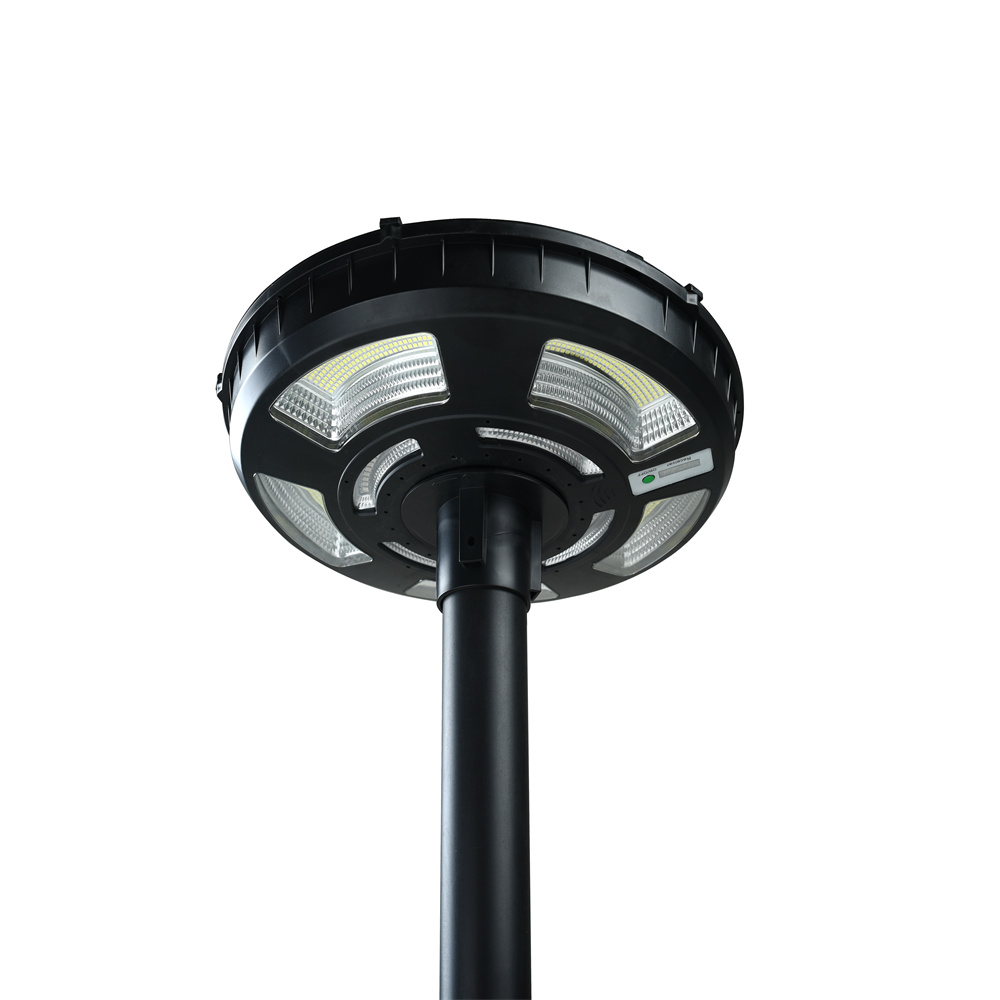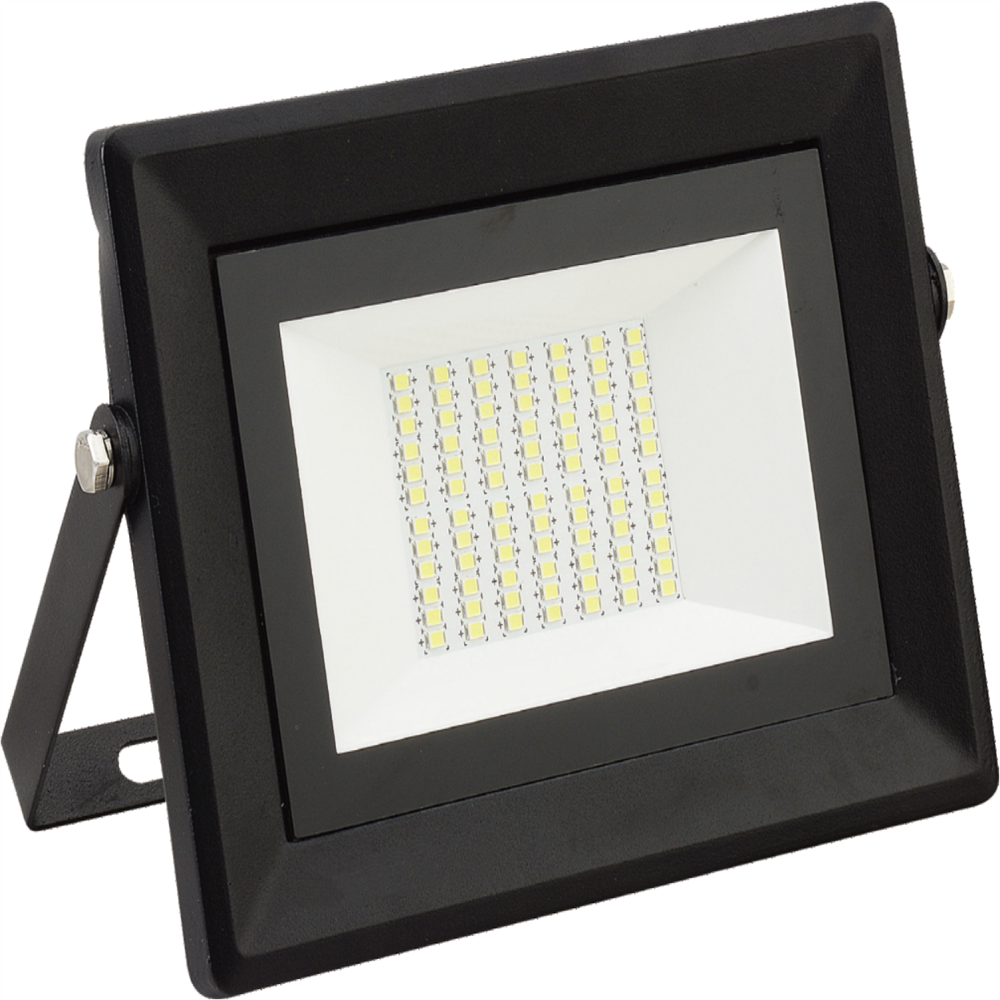The advantages of LED outdoor security lights include energy efficiency, durability, and versatility in terms of usage. However, the disadvantages of LED outdoor security lights also entail high upfront costs, and temperature sensitivity, and may not be universally compatible with existing lighting systems. To learn more about their pros and cons, consider reading the article […]
The advantages of LED outdoor security lights include energy efficiency, durability, and versatility in terms of usage.
However, the disadvantages of LED outdoor security lights also entail high upfront costs, and temperature sensitivity, and may not be universally compatible with existing lighting systems.
To learn more about their pros and cons, consider reading the article below.
Why is LED security lighting important?
LED security lighting is important for home and property owners in terms of safety and security.
These LED outdoor security lights provide illumination to areas that need added visibility, such as residential and commercial settings.
Moreover, LED security lights are also popular choices among homeowners due to their energy-saving features.
Pros of LED Security Lamps
Energy Efficiency
LED security lights are highly energy-efficient, consuming significantly less power compared to traditional lighting sources such as incandescent or halogen bulbs.
This can result in lower electricity bills and as well as reduce the impact on the environment.
Longevity
LED outdoor security lights are popularly known to have longer lifespans than traditional bulbs we know.
In most cases, they can last up to 25 times longer.
For quality-oriented buyers, this means not having to replace your lighting fixture frequently.
Durability
LED lights are solid-state lighting devices that are more resistant to shock, vibrations, and external impacts compared to traditional bulbs.
They are also less prone to damage from frequent switching on and off.
Customization Options
LED security lights come with various customizable features such as motion sensors, timers, and dimmers, allowing users to tailor the lighting settings to their specific needs.
This flexibility enhances security and energy efficiency by optimizing lighting control.
Cons of LED Security Lamps
Initial Cost
LED security lights typically have a higher upfront cost compared to traditional lighting options.
While the initial investment may be higher, the long-term savings in energy costs and maintenance expenses often outweigh the initial expenditure.
Temperature Sensitivity
LED performance can be affected by temperature extremes, especially in outdoor environments.
Extreme heat or cold can reduce the efficiency and lifespan of LED bulbs, requiring additional thermal management measures for optimal performance.
Light Pollution
LED security lights, if not properly shielded or directed, can contribute to light pollution by emitting excessive brightness and glare.
This can disrupt natural ecosystems, interfere with wildlife behavior, and cause discomfort for nearby residents.
Compatibility Issues
Some LED security lights may have compatibility issues with existing fixtures or electrical systems, requiring additional adjustments or upgrades for proper installation.
It’s essential to ensure compatibility before purchasing LED lighting solutions.
Color Rendering
While LED lights offer excellent energy efficiency and longevity, some may have limitations in color rendering compared to traditional lighting sources.
This can affect the quality of light and color perception in certain applications, such as outdoor security lighting.
Key Takeaway
Knowing the advantages and disadvantages of LED outdoor security lights is important, especially for homeowners.
This will help in making informed decisions before buying.
Additionally, it’s also important to consider the LED security light manufacturer or brand to ensure that your needs meet their current offer.











